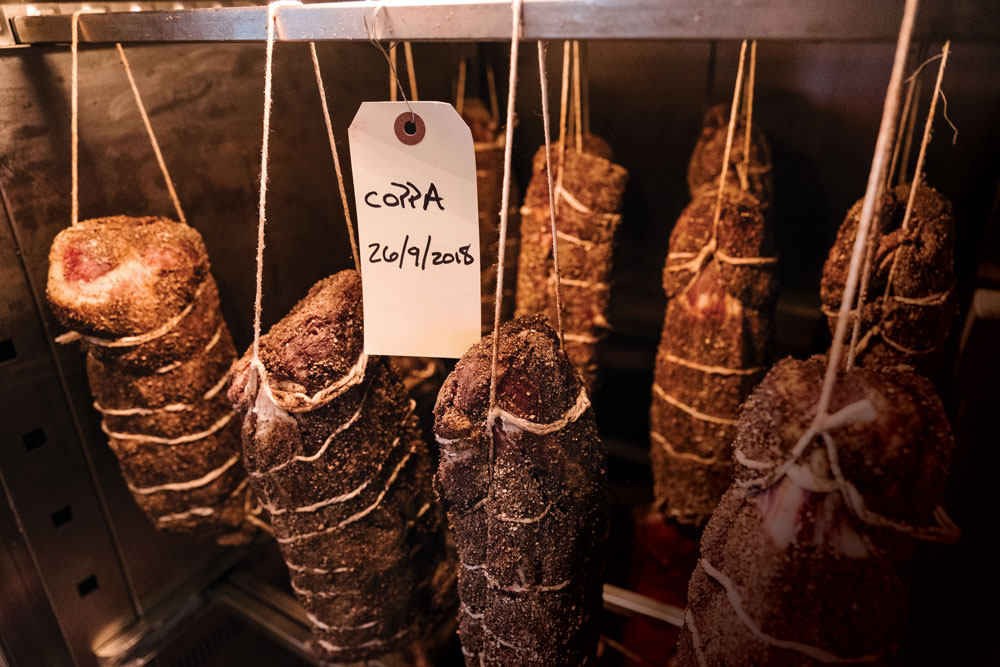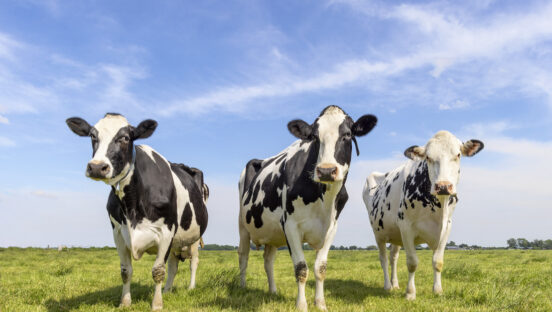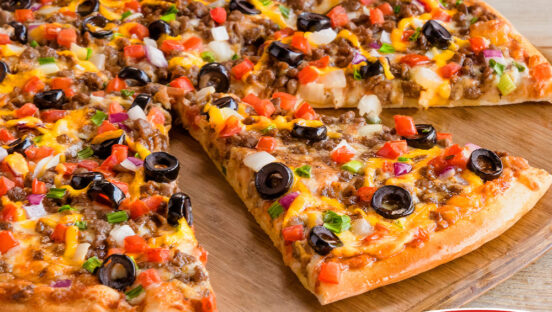Whether purchasing premade or curing in-house, operators have found that Italian cured meats are a natural fit for their pizzerias. From prosciutto, pancetta and capicola to speck, lardo and ’nduja, these meats pair well with a variety of ingredients and can jazz up salads, pizzas, appetizers and more. Here, operators share how they’re utilizing, pairing—and cashing in on—these go-to ingredients.
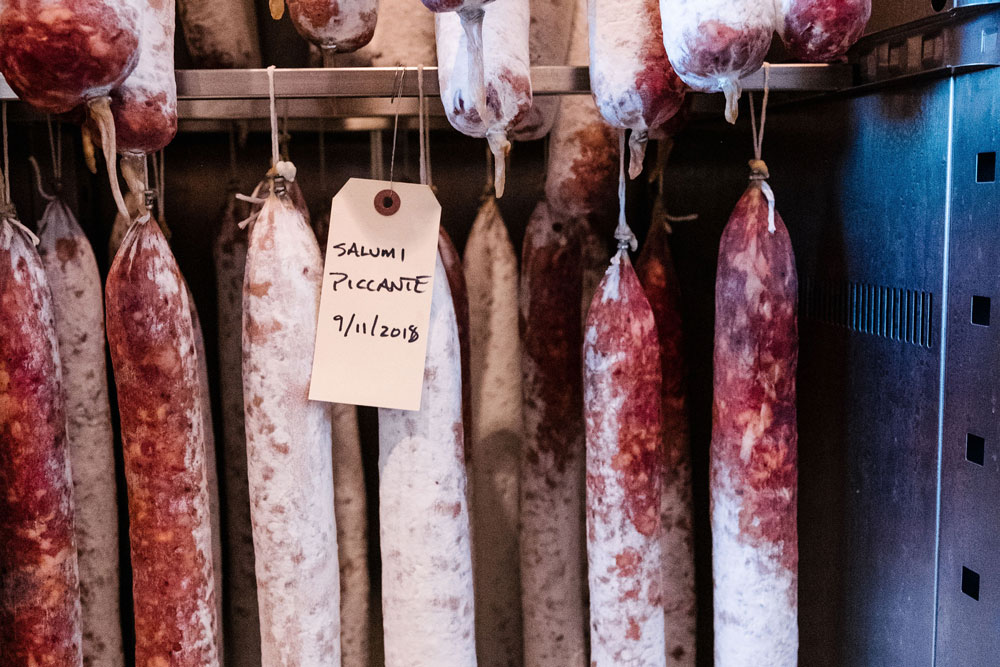
Photo courtesy Louie Bossi’s
Curing In-House
Louie Bossi’s | Fort Lauderdale and Boca Raton, FL
“We bring in Berkshire pork for our cured meats and try to cure as much as we can in-house. The profitability margin is better, as is the flavor profile, when we cure in-house. We educate our cooks and staff on how to make artisan salami and sausage. These go very well in pasta, pizza and salads. We use a scientific approach to making salami—it’s important to understand how the molds and nitrates work together; it’s not just grinding pork and putting it in a casing.
Related: Exploring the full range – and moneymaking potential – of Italian meats.
“We flavor all the salamis differently. We have a spicy one, in which we add Calabrian chili peppers. Another one has summer black truffles; for another, we add fennel. The piccante, with the Calabrian chili peppers, pairs well with a lot of ingredients, and it’s one of our biggest sellers.”
—Louie Bossi, co-owner and executive chef
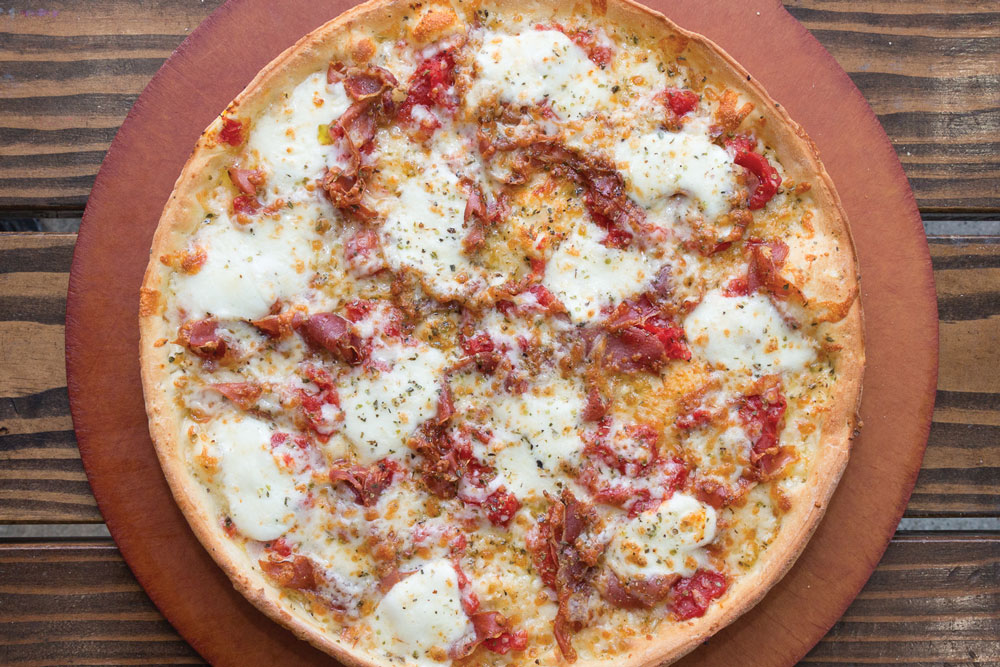
Photo courtesy Fresh Brothers Pizza
Purchasing Pre-Made
Fresh Brothers Pizza | Los Angeles, CA
“We use a thin-cut prosciutto from La Quercia on one of our new pizzas that’s part of our Summer Specialty Pies line. This award-winning meat, paired with our fresh mozzarella and Asiago cheeses, creates a rich and savory taste that takes our pizza to a whole new level. The addition of the cured meat has been so well-received on our pizza that we’re exploring adding it to our salad menu as well.
“We prioritize quality and sustainability above everything else, and La Quercia’s Americano Prosciutto comes from pasture-raised pigs out of a family farm called Heritage Foods Farms in Osage County, Missouri. These vegetarian-fed pigs roam freely and live active and happy lives. La Quercia’s passion and rigorous process create a silky, rich prosciutto with a deeply savory and subtly sweet flavor profile. This meat is the star of our Pure Prosciutto pizza. We prepare it with Porto virgin olive oil, chopped garlic, Stanislaus tomatoes, aged Asiago, and fresh Grande mozzarella cheese. Chianti and Lambrusco are wines that pair well with this pizza, given their sweeter profiles. Lagers and dry hard ciders complement the richness of the prosciutto as well, but Goose Island IPA is what hits the spot for me!”
—Scott Goldberg, executive chef
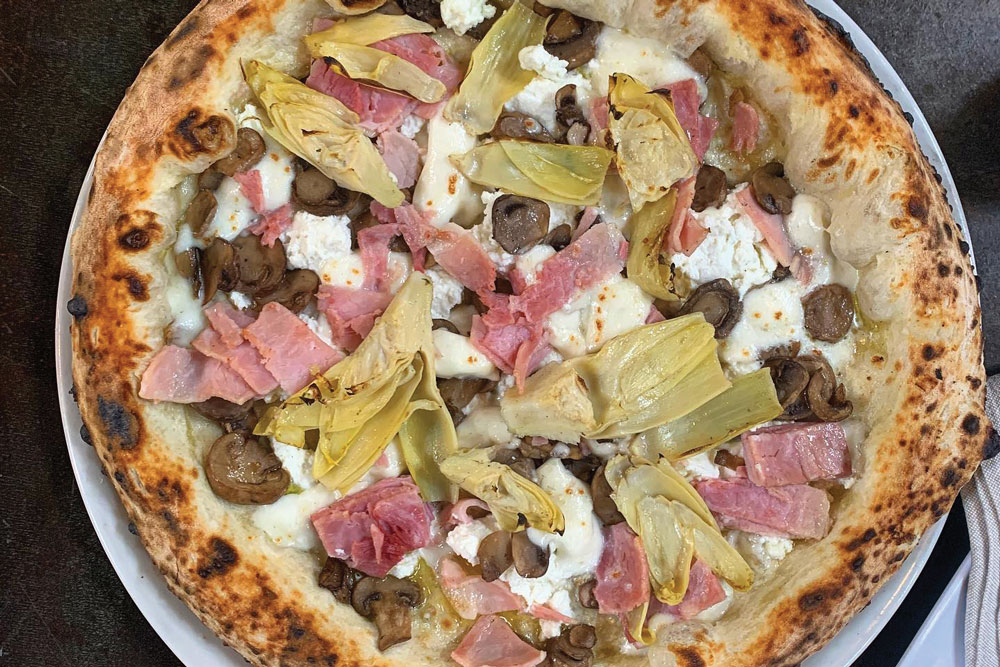
Photo courtesy Buona Forchetta Family
Across the Menu
Buona Forchetta Family | San Diego, CA
“We’re no strangers to cured meats and use them often in the dishes on our menu. They’re primarily used as toppings on our pizzas and incorporated into appetizers and salads as well. Some of our most popular items include our Daniela Pizza, with mozzarella di bufala, Brie and speck; the Sergio Pizza, with mozzarella di bufala, prosciutto, baby arugula and shaved Parmesan; and our Aldo Pizza, with Provala di Agerola cheese, pancetta, egg and truffle oil. Additionally, our Affettati Misti appetizer features several different cured meats (Salame Nostrano, prosciutto di Parma, prosciutto cotto and speck), and we also incorporate prosciutto into our Rustica salad.”
—Matteo Cattaneo, owner
Tracy Morin is PMQ’s senior copy editor.
DIY Curing
Matteo Cattaneo, owner of Buona Forchetta Family in San Diego, breaks down some of the most popular cured meats for pizzerias—and details how they’re created for optimal flavor:
Prosciutto is made using a pig’s hind leg or thigh, from which we take the external part of the thick skin (called cotenna) and begin the salting process. The prosciutto is laid in a horizontal position and rubbed in salt for a number of days, depending on the weight. It is then left to rest for a couple of days, lightly covered in cognac liquor. Afterward, it’s seasoned with pepper and massaged thoroughly to get the flavors to fully saturate all the way to the femur bone. Finally, the prosciutto is washed and hung to dry for about eight months in climate-controlled rooms.
At Buona Forchetta, we use the “rolled” pancetta (or pork belly), which is different from the regular “flat” pancetta. With an intense and sweet flavor, pancetta is a dialogue between the different tones of the lard and combinations of spices in the lean meat. This is obtained through preparations that give more flavor to the meat than the regular style of pancetta, because all of the aromas remain intact. Every rolled pancetta we use is the center part of the pig’s stomach. We remove the cotenna and excess fat before starting the salting process and add spices like rosemary, crushed red peppers, black pepper and garlic, which are massaged slowly and vigorously into the meat. Once done, the pancetta is then rolled and tied by hand with a cord and cured for three months.
Speck is made from very lean pig thighs. It differs from prosciutto, because it uses the traditional methods from Northern Italy to trim the meat. It’s salted and flavored with a mixture of aromatic ingredients, like salt, pepper, juniper, rosemary and bay, then left to rest for three weeks. Once this is done, there is a light smoking process, which is done over low-resin wood so as not to give the speck too strong a flavor. The smoke temperature should never exceed 20ºC/70ºF. The meat is hung up to dry and age for around 22 weeks. During this time, a natural layer of aromatic mold forms on the speck and is removed at the end of the aging process, finishing off the characteristic taste of the speck and preventing the meat from becoming too dry.

